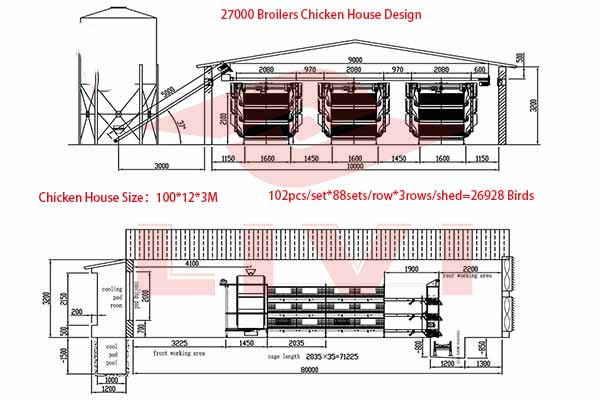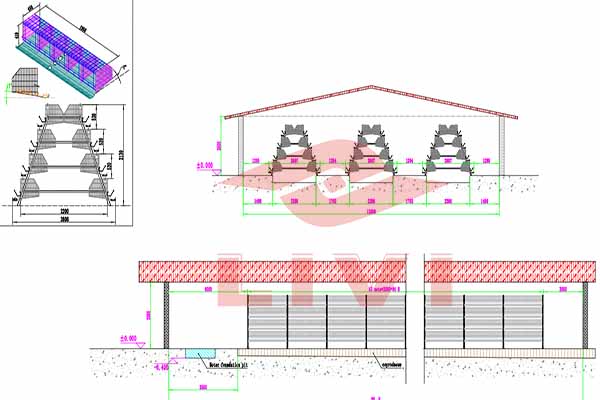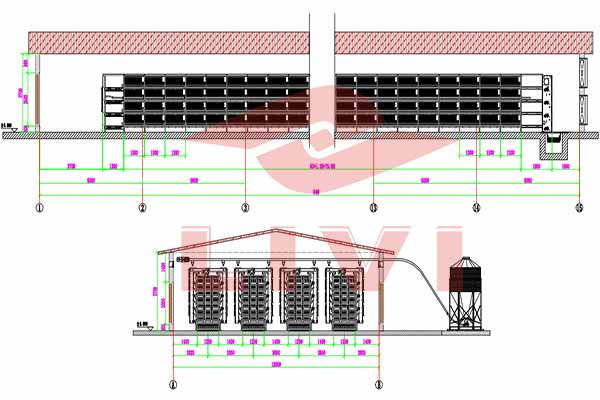Optimizing Chicken Battery Cage Systems for a 400,000 Chicken Farm in Uganda
As the poultry industry in Uganda continues to grow, efficient and scalable farming systems are crucial for success. One such system is the chicken battery cage system, which can accommodate up to 400,000 chickens. This article delves into the design and implementation of a chicken battery cage system tailored for a large-scale farm in Uganda.
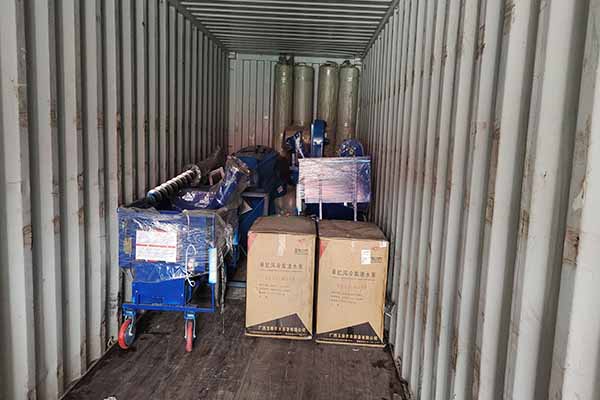
System Design Considerations
- Space Allocation: A typical battery cage system requires approximately 0.2 square meters per chicken. For 400,000 chickens, this translates to a total area of 80,000 square meters.
- Airflow and Ventilation: Proper airflow is essential to prevent heat stress and maintain a healthy environment. The system should include fans and adjustable ventilation panels to regulate temperature and humidity.
- Water and Feed Supply: Automated feeding and watering systems are crucial for efficiency. The system should be designed to handle the high volume of water and feed required for 400,000 chickens.
- Health Management: The design should incorporate a system for regular health checks and the ability to isolate sick chickens to prevent the spread of disease.
Table 1: Key Components of a Chicken Battery Cage System for 400,000 Chickens
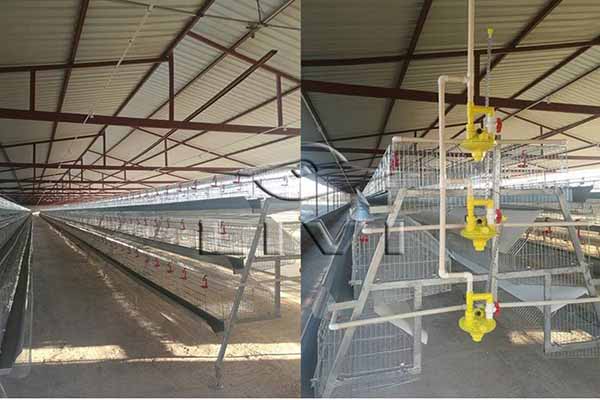
| Component | Description |
|---|---|
| Cages | Individual units for each chicken, with space for food, water, and nesting materials. |
| Automated Feeding and Watering System | Ensures consistent access to feed and water, reducing waste and labor costs. |
| Environmental Control System | Regulates temperature, humidity, and air quality to maintain optimal conditions for the chickens. |
| Health Management System | Enables regular health checks and quick isolation of sick chickens. |
Benefits of a Large-Scale Chicken Battery Cage System
Implementing a chicken battery cage system for a 400,000 chicken farm in Uganda offers several advantages:
- Increased Productivity: The system allows for efficient feeding, watering, and health management, leading to higher productivity and better egg quality.
- Reduced Labor Costs: Automated systems minimize the need for manual labor, reducing operational costs.
- Improved Hygiene: The design of battery cages promotes better hygiene, reducing the risk of disease outbreaks.
- Scalability: The system can be easily expanded to accommodate more chickens as the farm grows.
Conclusion
Investing in a well-designed chicke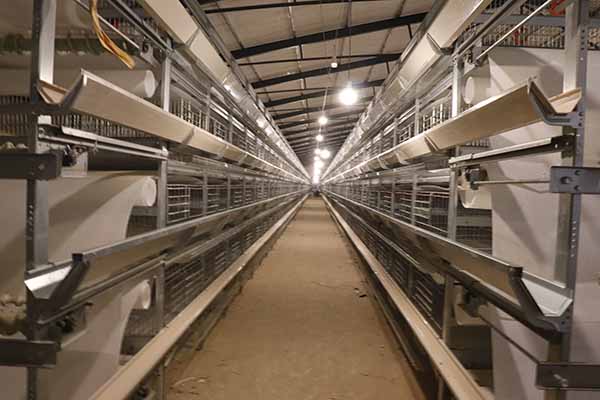 n battery cage system for a 400,000 chicken farm in Uganda can lead to significant improvements in productivity, efficiency, and profitability. For more information on customizing a system for your farm and obtaining a free design and equipment quote, please leave a comment below or contact us directly.
n battery cage system for a 400,000 chicken farm in Uganda can lead to significant improvements in productivity, efficiency, and profitability. For more information on customizing a system for your farm and obtaining a free design and equipment quote, please leave a comment below or contact us directly.


